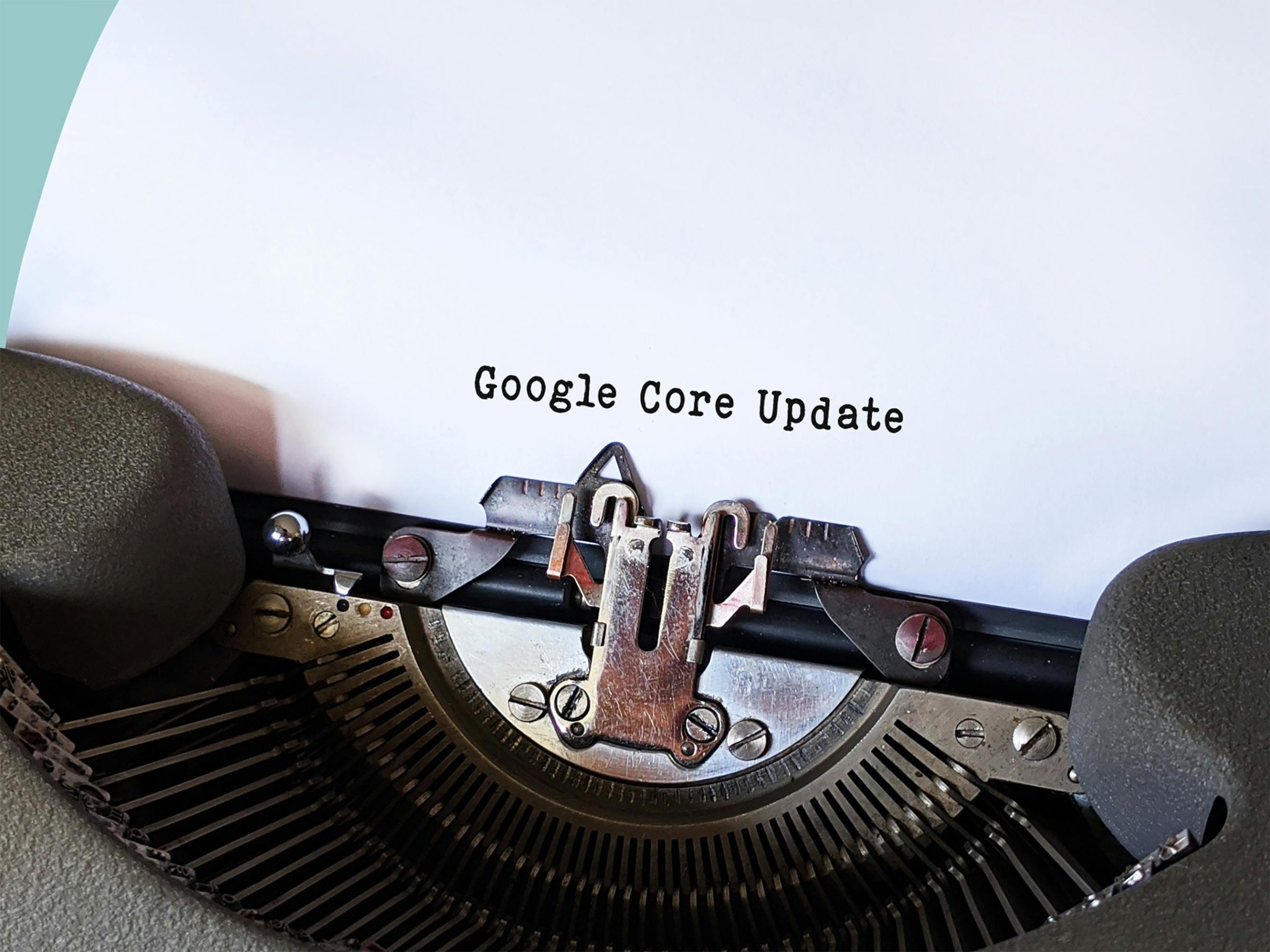Understanding and Responding to Google’s Spam Updates: A Case Study
In the ever-evolving landscape of Search Engine Optimization (SEO), website owners continually face challenges in maintaining or improving their visibility on Google. Recent updates, particularly Google’s spam algorithms, have caused significant fluctuations in website traffic for many, including experienced site operators.
A Notable Case of Traffic Fluctuation
One website owner shared their experience after being impacted by the August Google Spam Update. Prior to the update, the site, rentashot.eu, enjoyed steady traffic, but post-update, they observed a substantial decline—losing nearly all their visitors. Despite having a modest amount of content that was not generated by AI, they remain unsure of what factors contributed to this loss.
Additionally, this owner noted that their site was affected once again by the December 2024 update, from which they initially recovered some traffic after several months. This pattern highlights the unpredictable nature of algorithm changes and the importance of staying adaptive.
Key Considerations and Best Practices
While the owner questions what might be causing these fluctuations, several common factors can influence how Google perceives and ranks your website, especially in relation to spam updates:
-
Content Quality and Originality
Google favors high-quality, original content that provides genuine value to users. Even if your content isn’t AI-generated or overly abundant, it’s essential to ensure that it is well-researched, comprehensive, and user-centric. -
Website Technical Health
Technical issues such as slow page loading times, broken links, or poor mobile responsiveness can negatively impact rankings and user experience. -
Backlink Profile and Link Practices
unnatural link building, spammy backlinks, or manipulative linking strategies can raise red flags with Google’s algorithms. -
Adherence to Google’s Webmaster Guidelines
Ensuring compliance with best practices, including avoiding cloaking, keyword stuffing, and other black-hat techniques, is crucial. -
User Engagement Signals
Metrics such as bounce rate, time on page, and click-through rates also influence ranking signals.
Proactive Steps Moving Forward
Given the volatility observed, website owners are encouraged to implement the following strategies:
-
Conduct a Comprehensive SEO Audit
Review site structure, content quality, backlink profile, and technical health. -
Diversify and Enhance Content
Focus on creating authoritative, engaging content tailored to your target audience. -
Improve Technical Infrastructure
Optimize website speed, ensure

